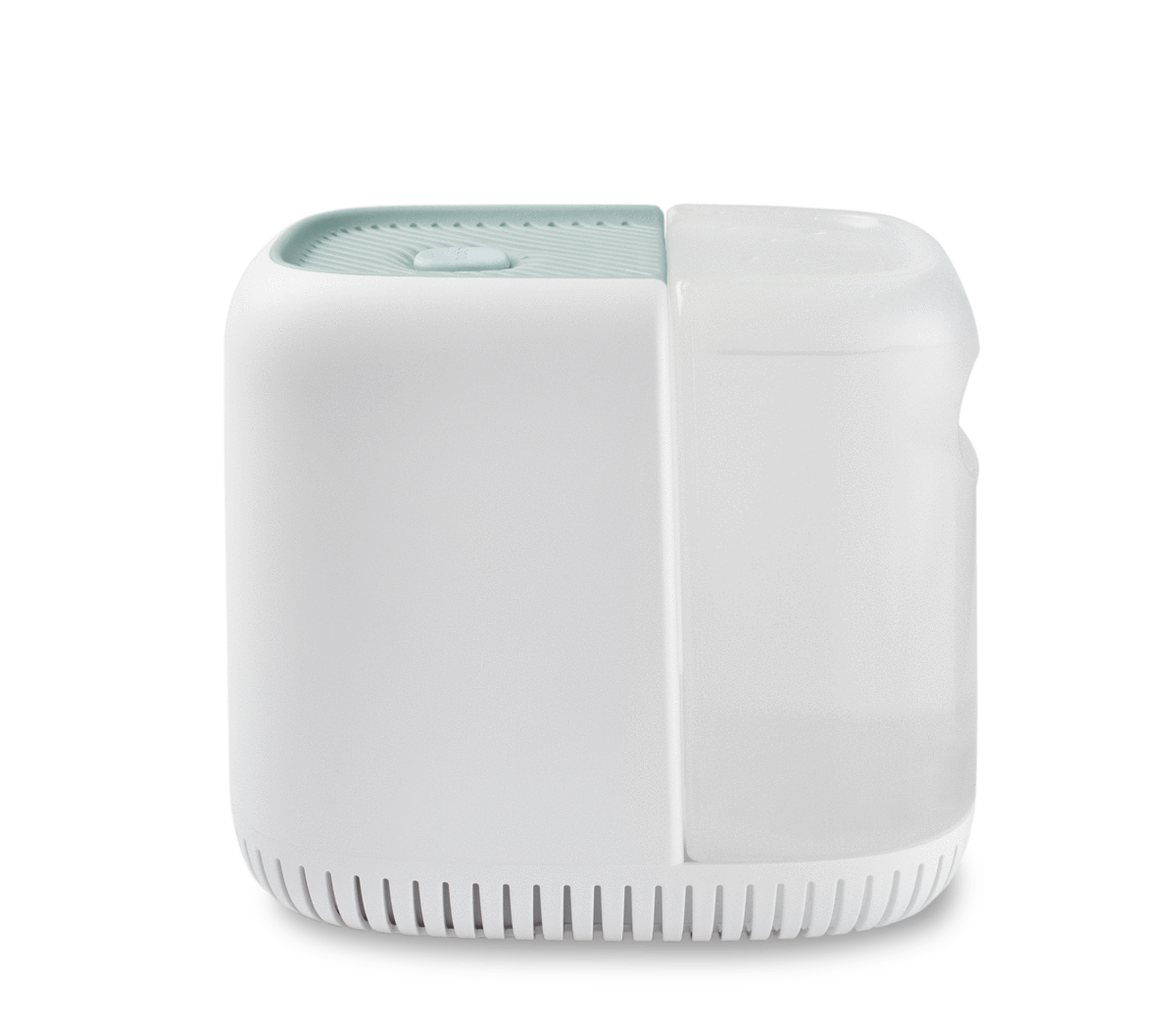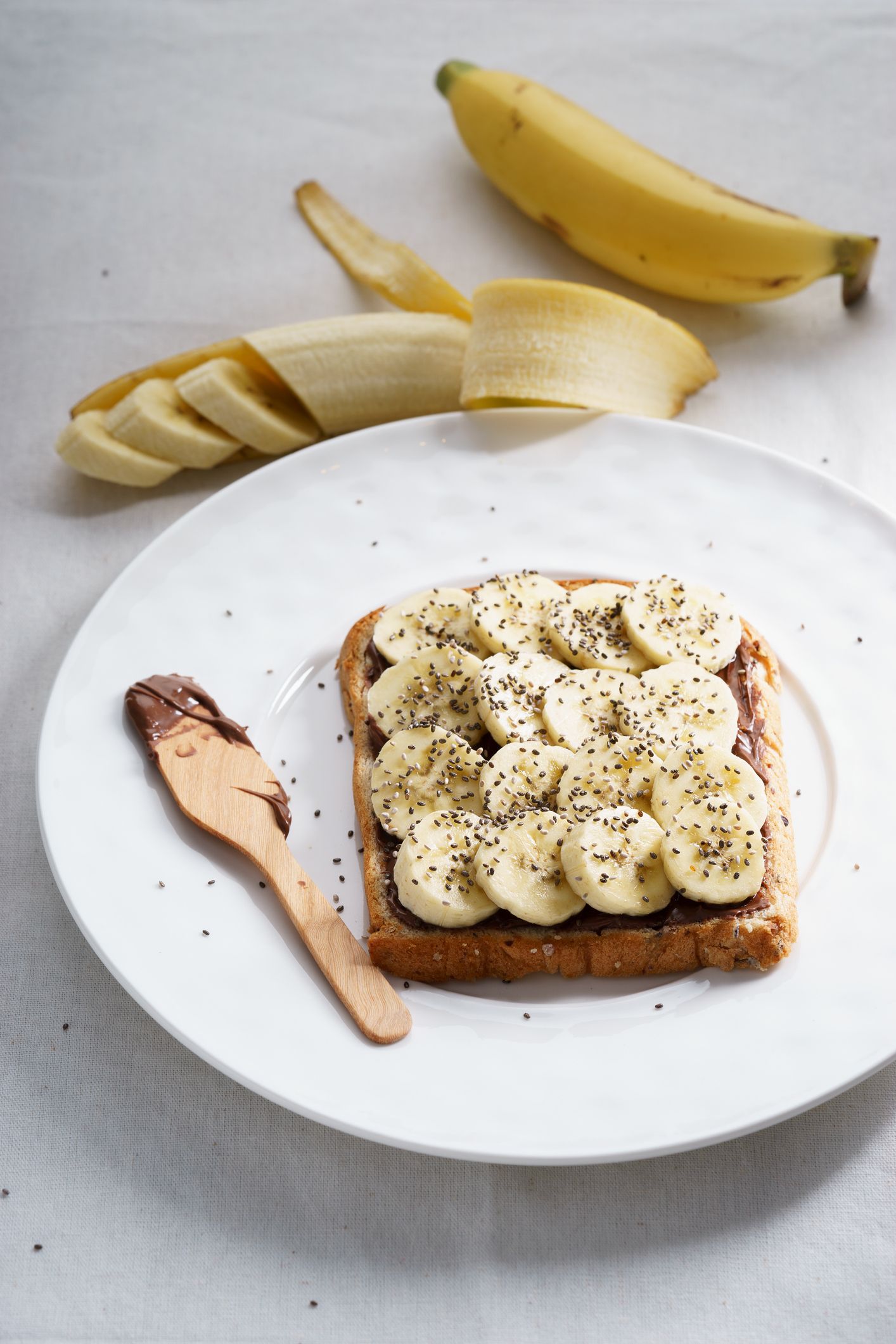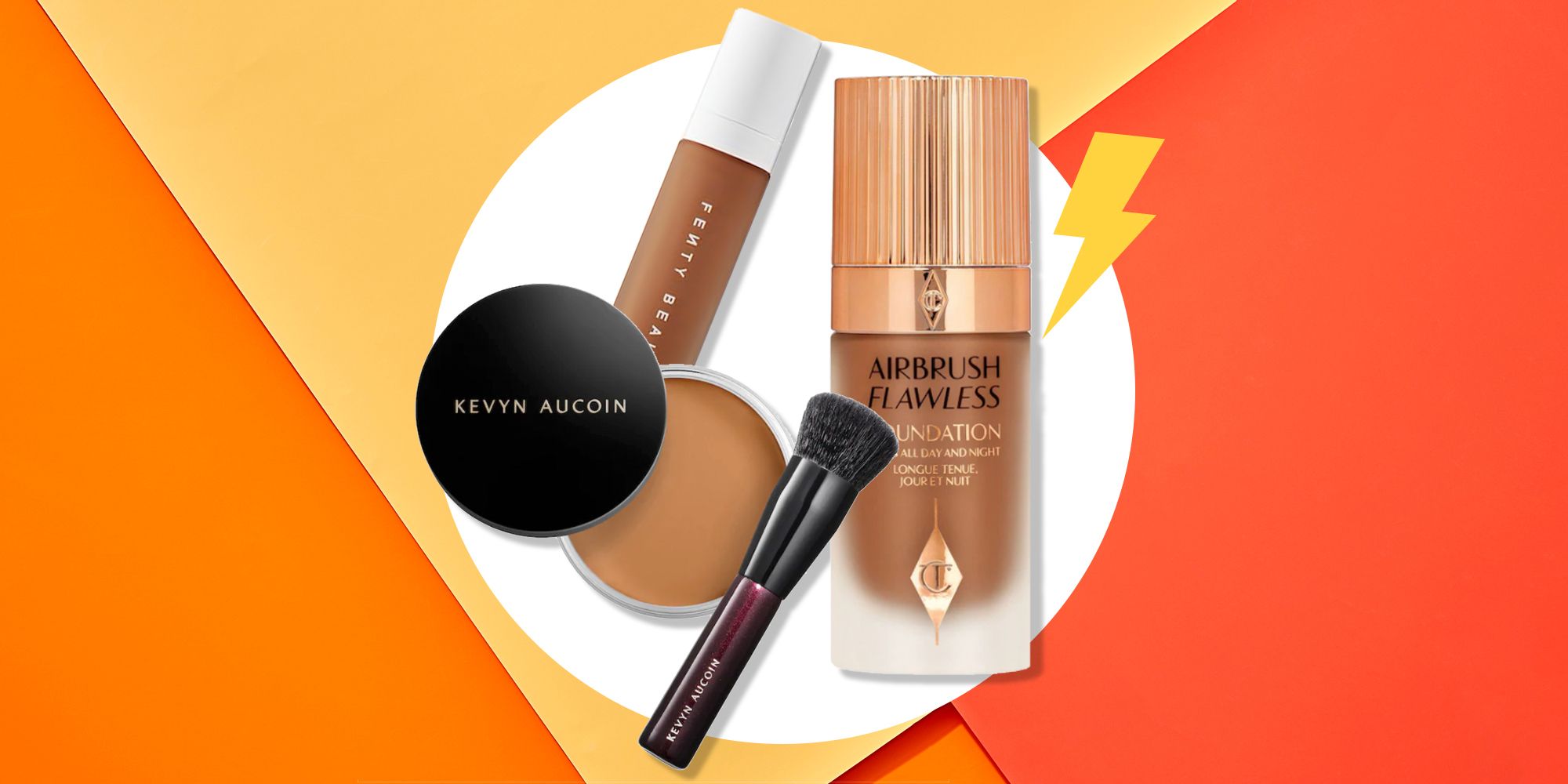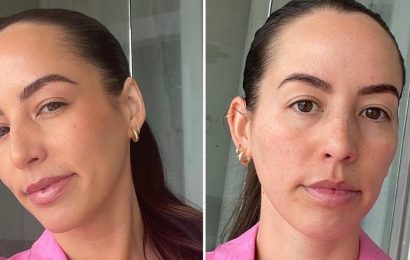When it comes to skincare, it can often seem like hydration is the end-all and be-all. Beyond the myriad benefits it offers to common concerns, like aging and acne, hydration is what gives way to that dewy glow that we all dream of. But, the flipside is the much-dreaded oily skin, which is not necessarily a bad thing, can feel like a stubborn enemy that persists no matter what you do.
“Oily skin occurs when the sebaceous glands produce an excess of sebum, or oil, resulting in skin that is greasy, shiny, and more acne-prone,” explains Dendy Engelman, MD, a board-certified dermatologist in New York City. There are many reasons skin might turn oily, but much of it ultimately boils down to your biology. “Genetics and age play a role in how oily your skin is; if oily skin runs in your family, you may have it too,” the dermatologist says, noting that younger skin, especially during teenage years, also tends to be oilier than mature skin.
There are, however, also outside sources that can cause or exacerbate oily skin. “Your skincare routine can also affect oil production,” Dr. Engelman says. “Using very thick and heavy products or products that strip the skin of its natural oils can send oil production into overdrive.” And while it may not be possible to fully get rid of oily skin, especially if it’s naturally occurring, with certain skincare and lifestyle changes, you can control it. Read on to learn about 15 ways to reduce and manage oily skin.
1. Cleanse regularly and thoroughly.
Washing your skin every morning and night is crucial to getting rid of dirt and bacteria, but it’s also an essential step for targeting oil buildup. Dr. Engelman recommends using a cleansing oil, like Elizabeth Arden’s Ceramide Replenishing Cleansing Oil, first in order to purify and nourish skin with the healthy oils it needs to balance itself. After that, use a gentle exfoliating or foaming cleanser.
2. Incorporate salicylic acid in your routine.
A go-to ingredient for reducing oil production in acne-prone skin, salicylic acid can be hugely beneficial. “Salicylic acid is oil-soluble and can penetrate into pores to gently exfoliate and remove excess sebum,” explains Hadley King, MD, a board-certified dermatologist in New York City. Opt for gentle products, like salicylic acid-based cleansers or light exfoliants, such as Paula’s Choice Skin Perfecting 2% BHA Liquid Exfoliant.
3. Add a toner to your routine.
Managing your skin’s pH level is key to keeping oil production under control, and a great way to do this is to use a toner. After cleansing, Dr. Engelman says, “swipe a toner, like the SkinMedica Rejuvenative Toner, to restore your skin’s pH level.”
4. Use witch hazel.
“Witch hazel is a natural astringent,” Dr. King notes. “So, it is often used to remove excess sebum and temporarily decrease the appearance of pores.” And the added bonus? Its anti-inflammatory and antioxidant properties can be incredibly soothing to skin.
5. Lock in hydration with a moisturizer.
“Although it may seem counterintuitive, drying out oily skin can actually cause oil production to spike,” Dr. Engelman explains. To keep skin’s moisture barrier intact, finish your skincare regimen with a moisturizer but ideally one that’s not too heavy, like Glo Skin Beauty’s Oil Control Emulsion. “Gel moisturizers can also be a nice alternative for oily skin types,” says Dr. Engelman who recommends SkinMedica HA5 Rejuvenating Hydrator.
6. Use a humidifier.
Another easy way to keep skin from getting thirsty is to quite literally add some moisture to your space. “Using a humidifier is an effortless way to help keep skin hydrated, which prevents it from over-drying and producing too much oil to compensate,” Dr. Engelman says. “I love Canopy because it is super-clean and has an optional aroma diffusion component.”
7. Use a clay mask.
Clay is known for binding to toxins in skin, and that includes oil. “A clay mask once or twice per week can be helpful to absorb excess oil,” Dr. King notes, adding that SimpleSkincare’s Kind to Skin Pink Clay Face Mask is a favorite. “This mask contains a combination of kaolin and bentonite clays to absorb oil, as well as calamine to soothe the skin and vitamin B3 to support the skin barrier,” she says.
8. Ask your dermatologist about oral isotretinoin.
While an oral medication might not be the most obvious solution for oily skin, according to Dr. King, it’s one of the most effective. “The most dramatic changes will come from oral isotretinoin, which really shuts down the oil glands,” she says.
9. Try an oral contraceptive.
Birth control pills have long been known for improving skin, especially acne, but they can also be helpful for reducing oil production. “When androgens bind to androgen receptors on sebocytes in the skin, they increase production of sebum,” Dr. King explains. “Spironolactone and some oral contraceptives have an anti-androgen effect.”
10. Limit alcohol consumption.
It’s a tale as old as time, but drinking alcohol really does have a profound effect on skin, including its oiliness. Too much booze can cause oil glands to enlarge, which ultimately enlarges pores and leads to increased oil production. This doesn’t mean you have to give up your favorite cocktails or your weekly wine nights with friends, but moderation is your skin’s friend.
11. Reduce stress.
While cutting unnecessary points of stress out of your life is easier said than done, doing so will reap serious benefits for your skin. “Cells that produce sebum have receptors for stress hormones,” Dr. King says. “And stress hormones can also affect other hormones including sex hormones, which may then affect sebum production.”
12. Make some dietary changes.
It’s no secret that what we put inside our bodies has a deep impact on our outsides, especially skin. Foods and drinks that are high in sugar and dairy are thought to stimulate inflammation and heighten sebum production. “For milk and dairy products, we think that they promote insulin secretin and the production of hormones, such as IGF-1, which is known to be a major contributor to acne development,” Dr. King explains. So, if you have oily skin, try swapping these foods out for low-glycemic and dairy-free alternatives.
13. Consider some vitamins and supplements.
Zinc, magnesium, omega 3, and vitamin B are all known for regulating oil glands. “To support the skin barrier, you need to be consuming sufficient amounts of healthy fats, which can be obtained from the diet,” Dr. King says.But if your diet is devoid of these, you might want to think about reaching for a supplement. “I recommend Kori Pure Antarctic Krill Oil,” the dermatologist notes. “This is a nice supplement for ensuring that you’re getting enough omega-3 fatty acids to support the skin barrier (as well as the health of the brain, joints, eyes, heart and immune system too).”
14. Try a powder foundation.
Although liquid foundations are great, they could be worsening (or at least not helping) your oily skin. Instead, try a mineral powder, which will not only keep your pores from getting clogged but will also help absorb oil. And if you are too attached to your liquid foundation to give it up, invest in a great setting powder, like Tatcha’s Silk Powder Protective Setting Powder, to finish it off.
15. Opt for some Botox.
Botox has long been an obvious choice for preventing and minimizing signs of aging, but it’s a helpful solution for oily skin. Shown to thwart the growth of sebaceous glands and reduce sebum production, Botox will help control oiliness with just a few injections a year.
Source: Read Full Article













